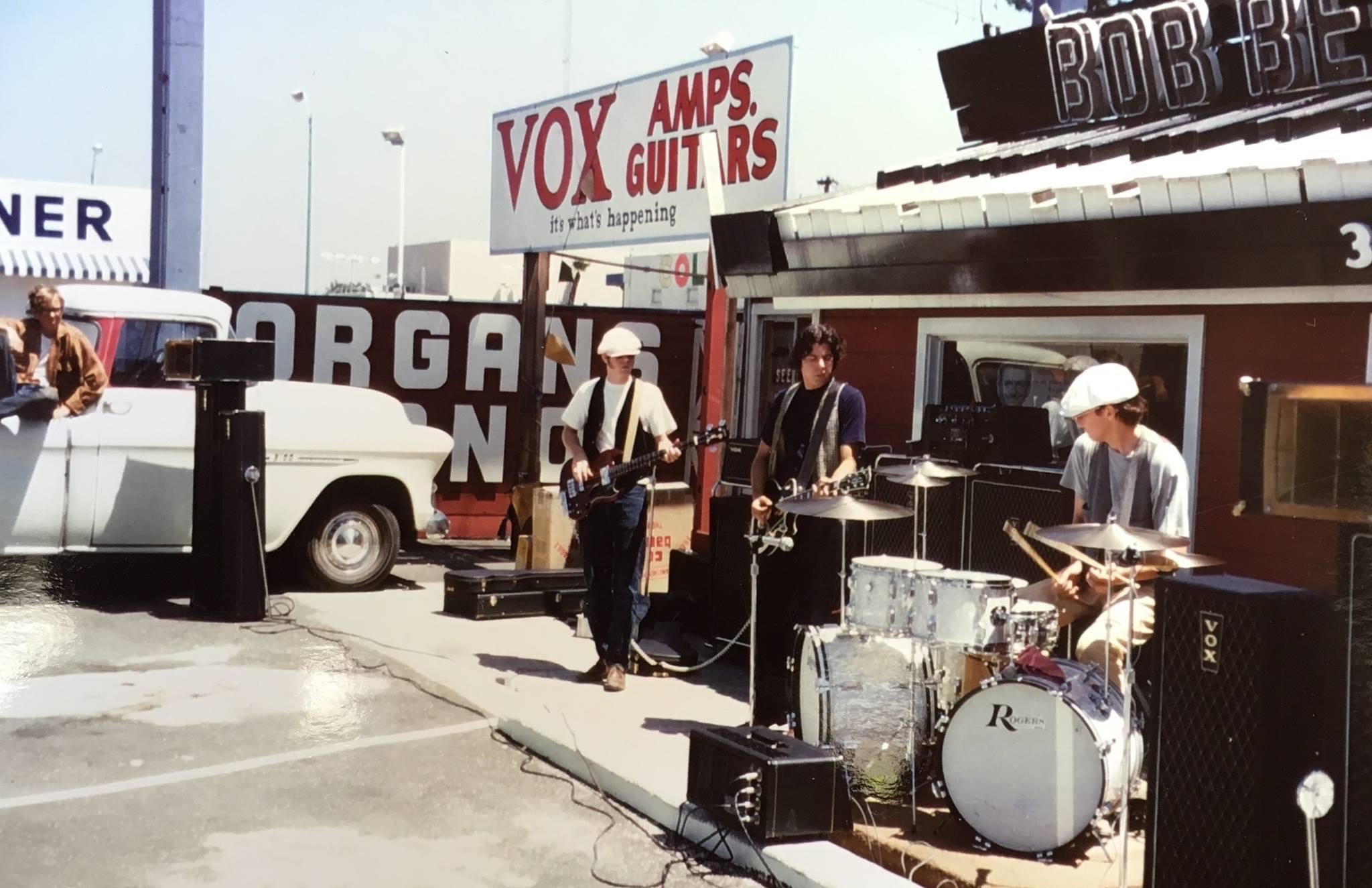Robert Berry | Interview | A Journey Through Decades of Musical Innovation
Robert Berry is a musical virtuoso whose career spans decades of innovation, collaboration, and artistic exploration.
From his early days in bands like The 4th Street Exit to his groundbreaking projects with icons like Keith Emerson and Carl Palmer, Berry has continuously pushed the boundaries of musical expression. His long-running project, Alliance, featured members of Boston, Sammy Hagar, and Night Ranger. Beyond this, Berry boasts an impressive resume, having fronted Ambrosia, and maintaining enduring affiliations with Alliance, December People, and the Greg Kihn Band.
With five solo albums under his belt and contributions to numerous high-profile tribute albums, Berry has established himself as a formidable presence in the studio. Hailing from Northern California’s Silicon Valley, his musical journey began in his youth when he laid hands on a Vox Continental organ from his father’s music store. By the time he was a high school freshman, Berry’s band had already released a regional favorite single, propelling him into the spotlight as his school’s first full-fledged rock star. Throughout his formative years, Berry and his bands became fixtures on the Bay Area college and club circuit, honing their craft and fostering his burgeoning interest in multi-track recording. Rumor has it that Berry managed to secure the first Teac four-track recorder in the valley, a tool that fueled his creative exploration. By his senior year of high school, he had earned a reputation as a skilled performer and sought-after studio musician, cementing his status as a rising talent in the music scene.
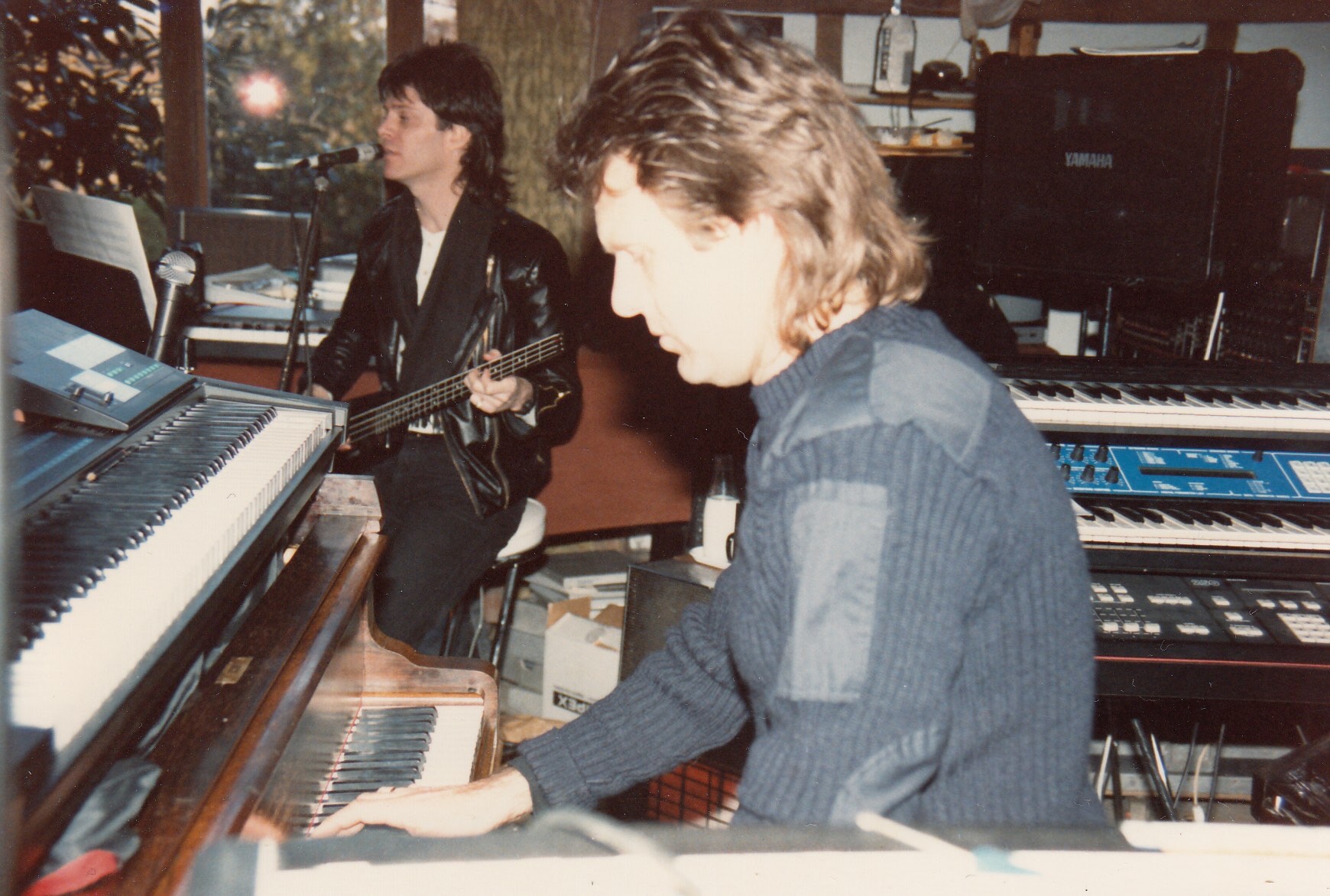
“I was born into music. I didn’t know anything different”
It’s really wonderful to have you. How are you doing today? What are some of the latest projects that occupy your life?
Robert Berry: Klemen, thank you for having me. I believe this is the first time we have worked together. I just want to say, as big or small as It’s Psychedelic Baby Magazine may be, I can tell by your questions and your presentation that you care about your craft. And if you care, I care, and your readers care. That’s what it’s all about for me. Every day in my life is a good day. Between my studio and my family, I have plenty to be thankful for. A typical day at my studio, Soundtek, consists of a few variations. One room here has a voice-over/podcast studio. My son and sometimes myself do quite a bit of that. Just yesterday, I recorded a narration for a company called Wisk that is developing a flying car. It’s interesting to be a part of that technology. Today, I arranged and played the instruments for a guy back east. I’m doing 30 songs for him. He has a Christian podcast, and every podcast has a different subject, and every song I do for him has a different style. He knows my capabilities, and I keep tuned up and connected with many styles of music. Last month, I finished the mix for the new Circuline album, which features the keyboard player Andrew Colyer that I chose for my 3.2 tour. Then, each day, I try to find some time for myself to work on Six By Six music or the continuing Alliance project.
There are times where I needed to finish the Six By Six album and I strictly focused on my own music, although there are many distractions when you own a state-of-the-art studio.
What were the circumstances of teaming up with Keith Emerson and Carl Palmer to form ‘3’? It must have been a major excitement for you at the time.
I was at my studio, the same place I’m writing to you from now, way back in 1986. Geffen Records was developing me as a solo artist, so it was a very exciting time already. Then, one day, my phone rang and it was Carl Palmer. WOW! We talked a bit and decided to try some people to start a new band with. Nobody really fit, so we were still looking when Steve Howe called. By that time, I had moved to London, so having a meeting with most of my musical heroes was easy.
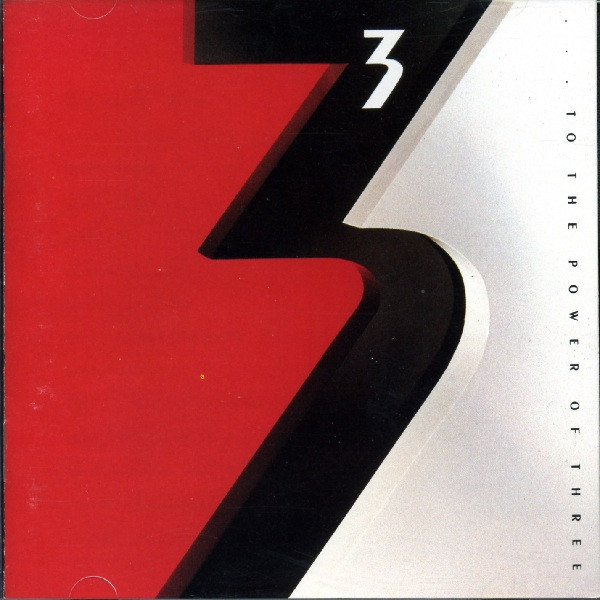
Listening from today’s perspective, what do you hear when hearing your only album, ‘To the Power of Three’?
I hear Keith Emerson playing like never before. He layered so many sounds together to get those great keyboard sounds. I don’t think I’ve heard a bigger sound from any other keyboardist. I can also think back to the songs I wrote and how they sounded before Keith got a hold of them. The hit, ‘Talkin’ Bout,’ was pretty much that way on my demo, but songs like ‘Lover to Lover’ and ‘Runaway’ really took on a new life. Plus, as we developed Desde La Vida, some band magic started happening. You have to remember that we were together for a very short time before we got signed, and we had to put an album together in about six months from writing to finishing recording.
When did you first hear about Emerson, Lake & Palmer back in the ’70s? I guess it must have been crazy for you that you actually joined two members of the band a few years later?
My dad had a piano and organ store. His brand, Thomas Organs, decided to bring Vox amps to the U.S., the type of amps the Beatles used. Thomas was always way ahead of everything. They also licensed a Moog synthesizer that sat on top of an organ. I got a hold of one, and of course, ‘Lucky Man’ was big on the radio, so I could play the end solo on my little Moog. ELP was a huge influence right from the beginning.
It would be wonderful if you could talk and share some further light on a follow-up to ‘To the Power of Three’ as 3.2. The project was shelved following Emerson’s death in March 2016, but you finished the project yourself under the 3.2 moniker as ‘The Rules Have Changed’.
Keith and I had stayed much closer than Carl and I. We had recorded commercials, and I even let him use my studio for a solo album. But once he broke up 3 because he was criticized so harshly by a few fans, I never pushed him to do a follow-up. Then, a record company put out our ‘Live in Boston’ CD. When Keith got a copy, he immediately called me and said he didn’t realize what a great band we were. He had never looked back after the very few negative fan letters he had received made him want to break up the band. I took that opportunity to ask him about doing a follow-up, and he said yes. We had all the songs mapped out, and I had about half of his final playing when that terrible event happened. I lost so much that day. My most famous friend, my writing and performing partner, one of the sweetest and funniest guys I ever knew, and my dream of a follow-up 3 album. I couldn’t go on. It was his son Aaron that encouraged me to finish it up. I’m so happy I did because the reviews and comments from fans were worthy of Keith, and he would have been so happy about it. I was actually so excited by the response that I pressed vinyl copies myself. The record company sold me the rights to do them. I still have some on my website. I never really promoted the vinyl. I just wanted one for myself, haha.
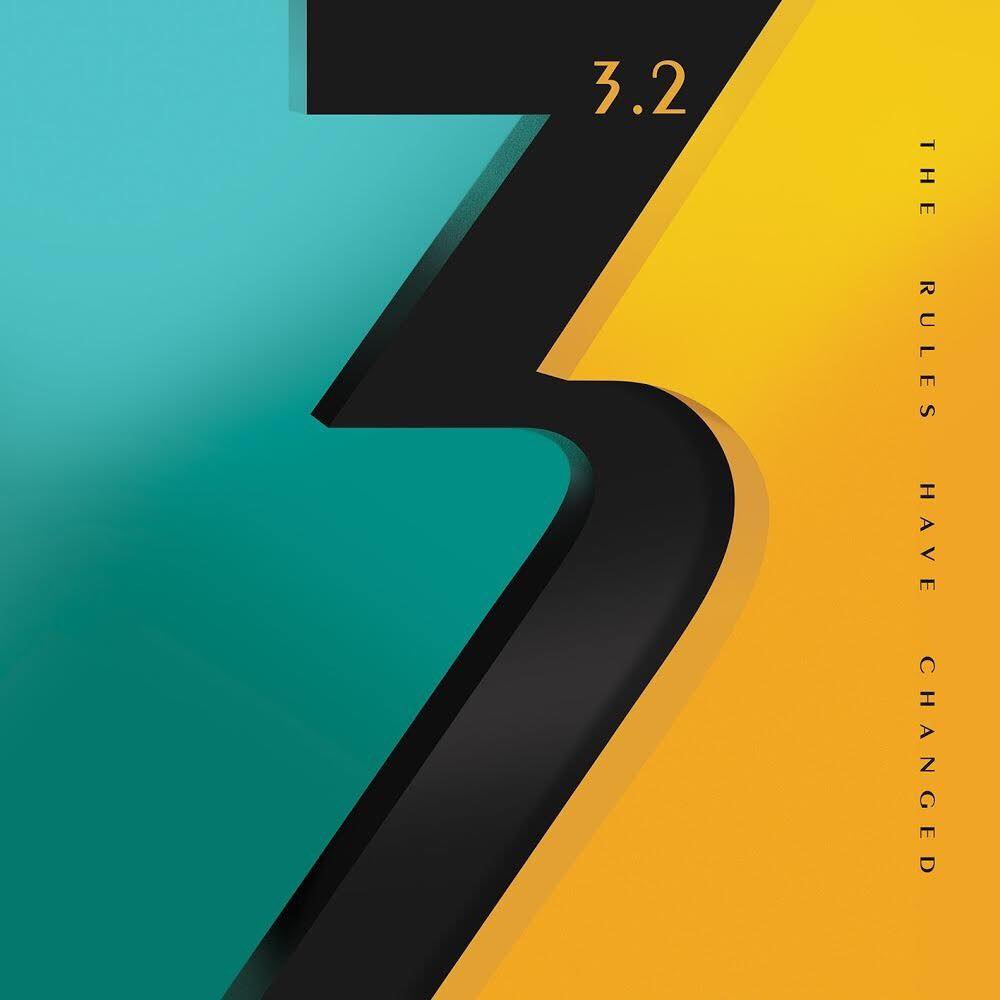
What was it like for you to replace Steve Hackett in GTR?
Before 3 got together, Carl and I couldn’t find a suitable complement to what we wanted in a band. It was such a stroke of luck that Steve liked my material and wanted to meet. It felt natural to me as my band Hush had been a lot like GTR and Yes. I also think at that point in time I had the missing piece that GTR needed. Steve was so welcoming and gracious. We jammed in his attic studio a bit. I showed him that I knew the guitar riff to ‘Siberian Khatru’. He said, “no, that’s not it,” and showed me the right way. Wow, a guitar lesson from Steve Howe. He gave me some music on a cassette, and I went back to my flat, stayed up most of the night, and reworked the music and lyrics he had given me until noon the next day to come back with some ideas. No pressure, right? During that meeting on the next day, I received the second-best compliment of my career. He said, “no one had worked on his music to that level besides Jon Anderson. GTR would have been my final resting place, but the combative attitude of a few others in the band made me quit. I struck up a great friendship with Nigel Glockler though, which has led me to my great new band Six By Six.”
Can you elaborate on the formation of Alliance? Is there a plan to do a follow-up to ‘Fire and Grace’?
When Geffen was working with me as a solo artist, they also had Sammy Hagar. My A&R guy, John Kalodner, was a genius at putting musicians together. He actually told me that he was responsible for Sammy joining Van Halen. Kalodner told me that I would be a great replacement for the left-behind Sammy Hagar Band. It wouldn’t be exactly the same style, but Kalodner felt we would do something great together. Unfortunately, I was moving to the UK to work with Steve, so I had to turn that down. But three years later, when I was finished with 3, they called again. They still wanted to have me come to Sammy’s home studio and try out a few songs. It was great chemistry and the foundation of a lifelong friendship.
We are finishing up the next album now. It takes 6 to 8 years to get one done because Gary plays in the band Boston, David is still a part-time Sammy drummer, and Fitz was always on tour with somebody (usually Van Halen), and I had joined Ambrosia and then the Greg Kihn Band.
Then there’s December People. Does your love for Christmas music come from your family? You are from a musical family… Would you like to share about your upbringing? Where did you all grow up? Tell us about daily life back in your teenage years.
I was born into music. I didn’t know anything different. My dad had a big band that practiced in our living room when I was a baby, and my mom was the singer. I was on stage for 8 months before I was even born. I took 8 years of classical piano lessons starting at age 6. I always had to play Christmas songs for my school classes growing up, which I hated doing. I was quite shy. Once I got in a rock band at age 11, I left lessons and Christmas carols behind. It wasn’t until Magna Carta Records president Peter Morticelli asked me to do a Christmas album that I came up with a concept for December People. Now I think it’s my favorite thing to do at Christmas. Audiences just love our mash-ups.
Was there a certain moment when you knew you wanted to become a musician?
I had always known. My dad had a band and a music store. My mom was a singer, I started lessons when I was 6, and it’s all I knew. Music was all around me all the time. My dad had an old drum set in the garage and an old Ampex tape recorder. I was glued to it, recording whatever I came up with. I will say that right before Carl found me, I finally found my voice, my flow for lyric writing, and how I sounded the best—at least to me. It is something that a singer/songwriter needs to find to come into their own. It eluded me until my early 20s. Remember, there was no internet to expose you to the biggest and best of everything.
Did you see a lot of bands back in the 60s? What are some of the most memorable experiences?
I didn’t go to many concerts. I started playing in bands when I was 11, and the other members were older by a few years. I did get to see The Who and Cream when I was really young because my dad would sit me backstage with his friend, the stage manager, when they played at the Civic Auditorium in San Jose, California. I’d babysit the spare Vox amp my dad lent them in case theirs blew out.
Back in the 60s, you were already active in several bands including The Reason Why. How did that lead to the 4th Street Exit?
The Reason Why was made up of 4 older guys. One had a plan that if he got the little kid of the man that owned the Vox music store in his band they’d get free equipment. They didn’t, but it got me miles ahead by playing with guys that knew how to be a band. The kids my age weren’t even thinking about being in a band yet and if they were, they had a lot of mistakes ahead of them. I got to bypass those mistakes with these seasoned pros. Well, at least I thought they were.
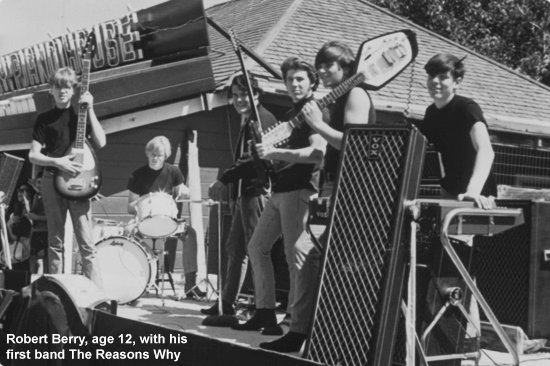
What did your repertoire consist of? What’s the story behind going to the studio to lay down ‘A Love Like This’ / ‘Strange One’? Did you get any airplay? Is there any more material?
The band was The 4th Street Exit. After a few smaller bands in 7th grade and part of 8th, I joined them. They were hard-working, playing every weekend machine. What more could a 12-year-old ask for? I was making $30 to $50 a week, better than the paper route a few of my friends had. The bass player’s mom was our manager, and she wanted us to make a record. What a cool thing at my age. The other guys were 16 and 17.
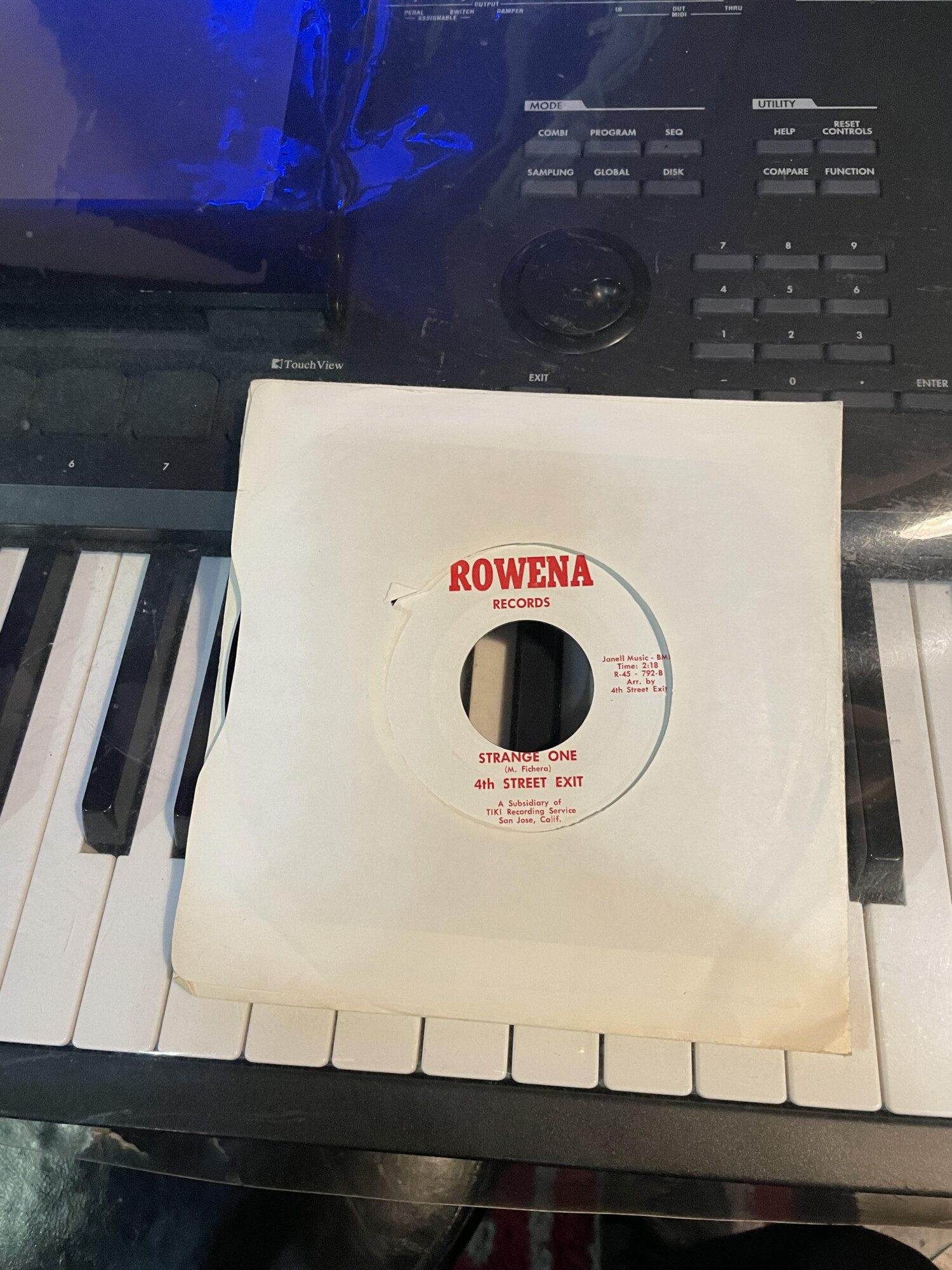
They were ready, but shy little me just played my organ parts and stayed quiet. Then the owner of the studio came out and said, “you know this song needs a break where it’s just drums and then a little riff on the organ to bring the band back in”. I thought – who’s going to do that riff? The engineer says, “you! Just go” and he sang a little riff. I echoed his voice with the organ and it actually sounded great. That guy, Gradie O’Neal, changed my life that day. It’s like a switch turned on. By the way, I saw Gradie today. He came by Soundtek to say hi. He’s been quite a mentor in my life.
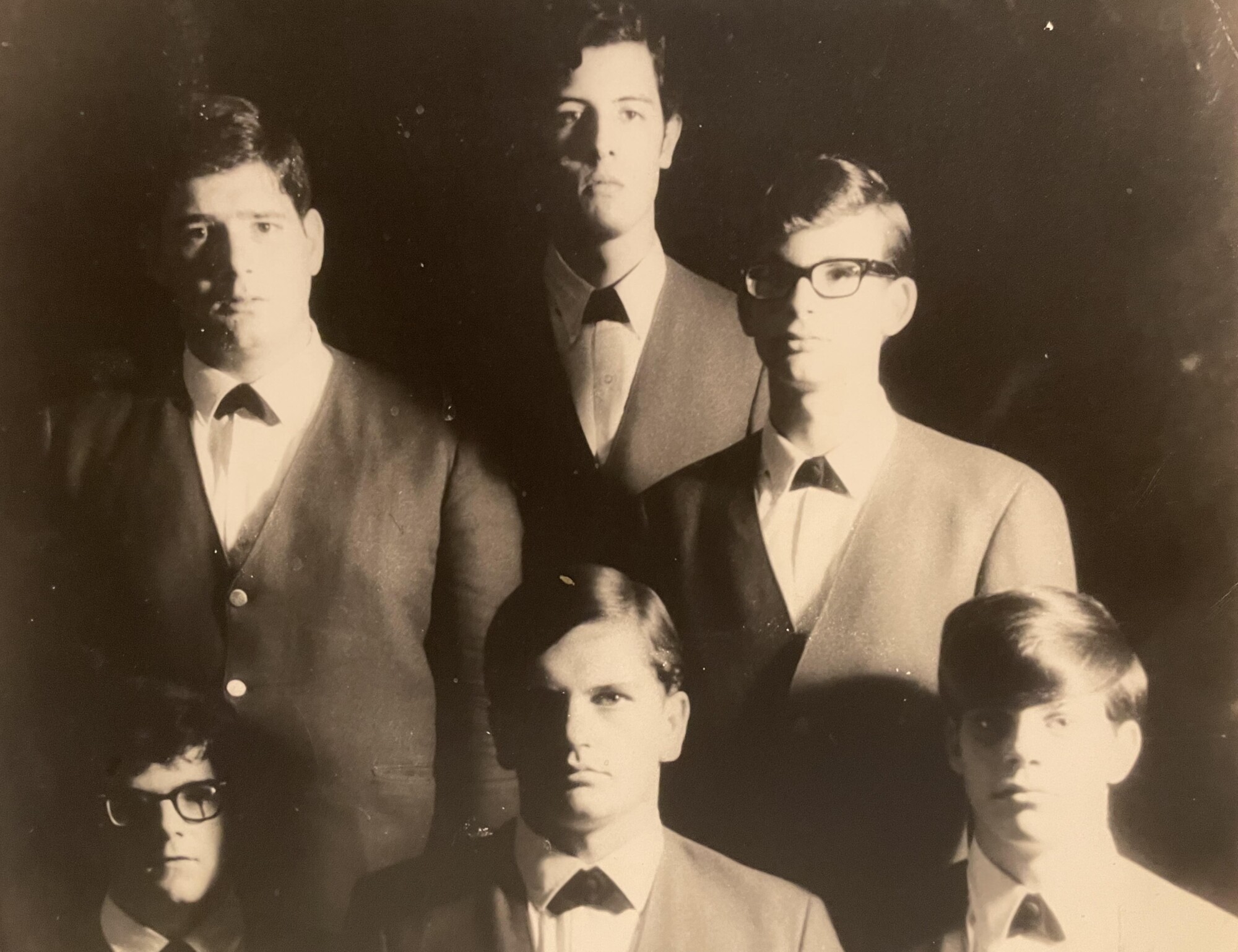
“We opened for Iron Butterfly once”
What were some venues and bands you shared stages with at that point in your life?
I don’t remember a lot of the venues, but one was the Continental Bowl where all the up-and-coming San Francisco bands played. I was too young to realize how famous they were; in fact, I wasn’t supposed to be there at my age. Early on, we opened for Iron Butterfly once. Local hitmakers like the Count Five and Syndicate of Sound were also bands we opened for. In the Hush days, we opened for Pablo Cruz, Ambrosia, and Peter Gabriel. We also toured the Midwest with Black Oak Arkansas and Trump.
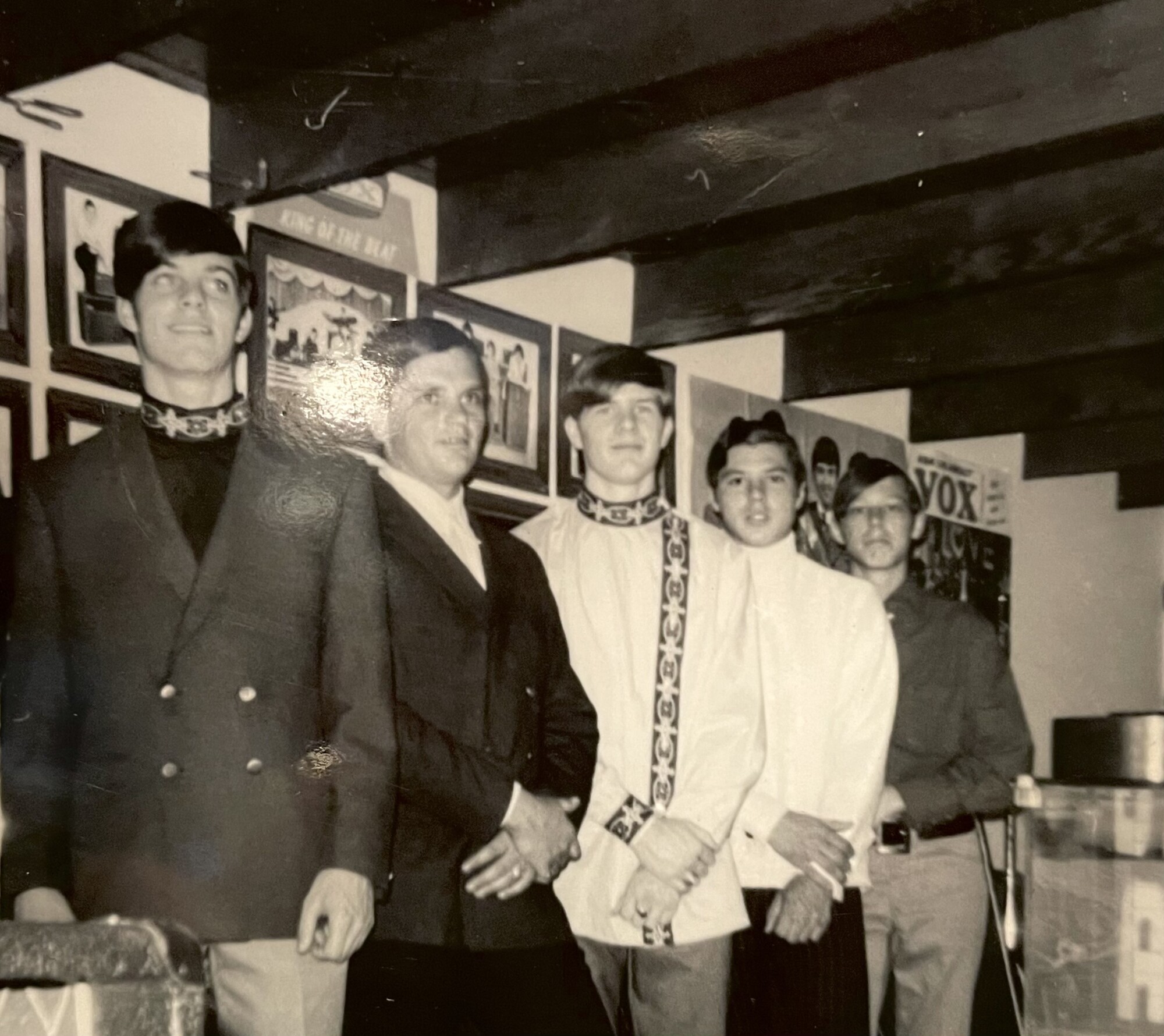
At what point did you form Blue Ash or was that just a name change for the 4th Street Exit? Is there anything recorded as Blue Ash?
Unfortunately Blue Ash never developed into a recording band. At first we had 3 members from The 4th Street Exit but after Eddie left I had a rude awakening. Eddie was the singer, a great songwriter, and knew how to entertain a crowd. With him gone all that was left to replace that was me. To say I was a poor replacement is an understatement. I had never thought about leading a band and I had never been the lead singer or the guy that got the gigs.
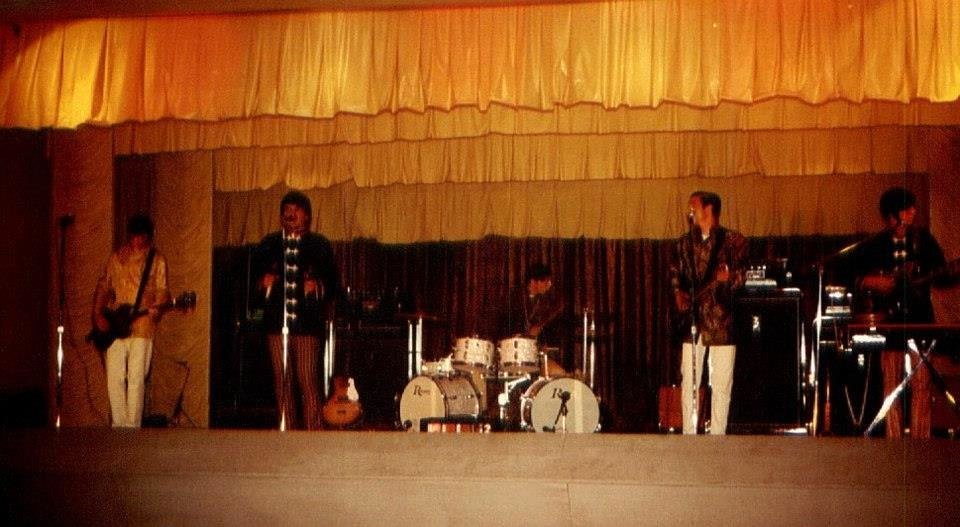
Looking back it was an important turning point for me. I needed to learn so much but what I learned was the disappointments a good band can experience if they don’t have a plan, and a leader that knows how to get gigs.
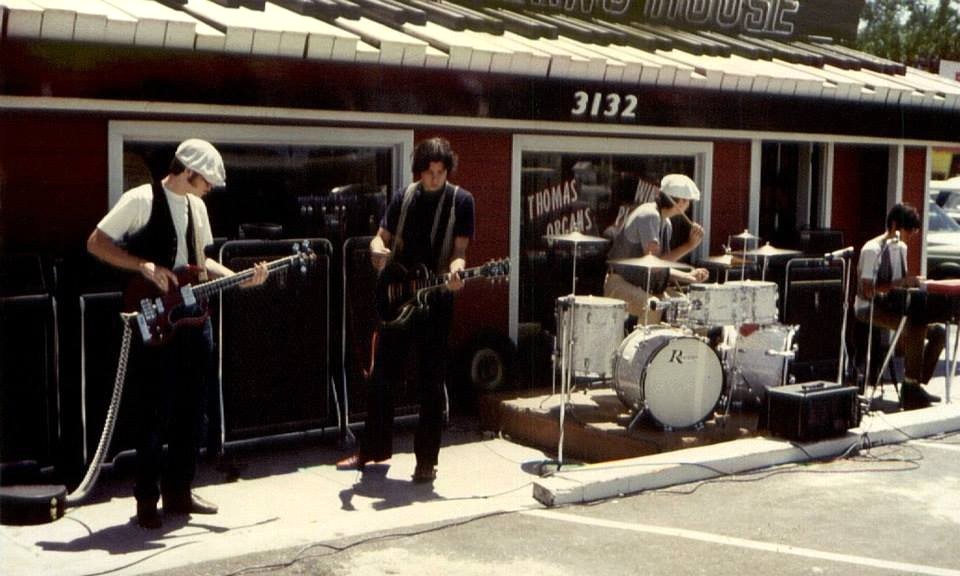
At the time, you also self-released a solo album in a true DIY fashion. Where was it recorded? What are some of the strongest memories from working on ‘Heavy Berry’?
After Blue Ash broke up, I was without a band for a year. I was writing a lot and working on my voice. I also got a Teac 4-track recorder where I could build a music track by overdubbing all the instruments on my own. This was a huge step in my producing skills. I had 4 tracks but only one mic, so I had to figure out how to get a good drum sound with that one mic. Same with anything that should have been recorded in stereo. I had one mic, and that was it. I wrote a rock opera and recorded it in my parents’ garage on the Teac with that 1 mic. When I took it to Tiki Sound to add some professional EQ and reverb to the mix, the owner, Gradie O’Neal, wanted to know where I had recorded it. He thought it sounded really good. So good that I worked for Gradie at Tiki for 10 years after that. Those were also the years I had the band Hush. Again, Tiki was way advanced training for a young guy in a pro studio. The Heavy Berry name actually came from some bass guitar speaker cabinets I had built for a few people, including myself. They were made out of 1 & 1/8th inch plywood and were quite heavy. The owner of a local music store put a few up for sale and called them Heavy Berry cabinets. When I recorded that first solo album at Tiki, it seemed like the proper name. I did everything to learn about the record business. I had the vinyl pressed locally, silk-screened the album cover, and stuck on the printed credits. Then sealed them with a gold seal. I put them in a few record stores and took a few to the radio. It got no response and when I listen to it now (which I have a hard time doing) I can see why it didn’t do well. Disjointed, average at best, simple songs, and a guy that hadn’t found his voice yet. But it was part of my process to get to where I wanted to be.
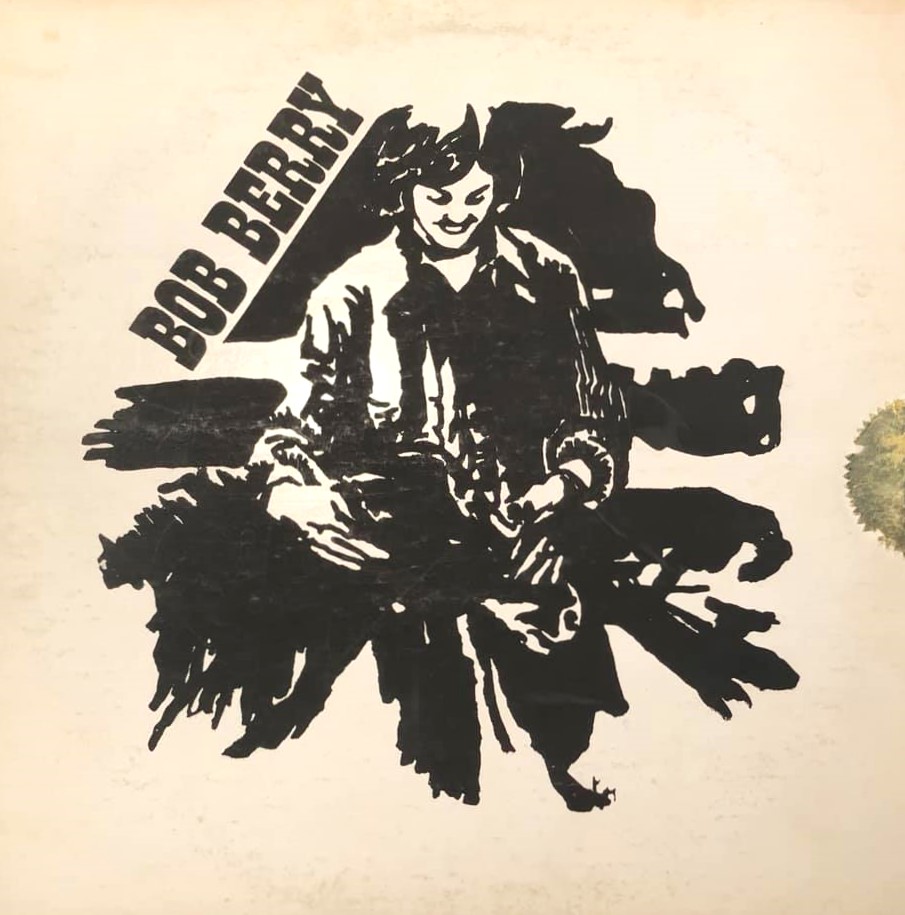
How many copies did you press and did you get any press? Where did you sell the records? Did you do any solo gigs?
I only pressed 100 copies and sold maybe 50. I didn’t have a band at the time, so I never played the songs live.
One of the most recent releases is by a project called Six By Six. Can you share how that came together?
After I had completed the 3rd album in what I consider the 3 trilogy, my manager asked me what my plan was. I told him I wanted to find a guitar player as unique and creative as Keith Emerson was as a keyboard player and writer. The next day he called back and mentioned Ian Crichton from Saga. That hit my idea right on target. I wanted Nigel Glockler to be our drummer, and magically they both said yes. Once we started writing and recording together, we all realized this was the perfect combination.
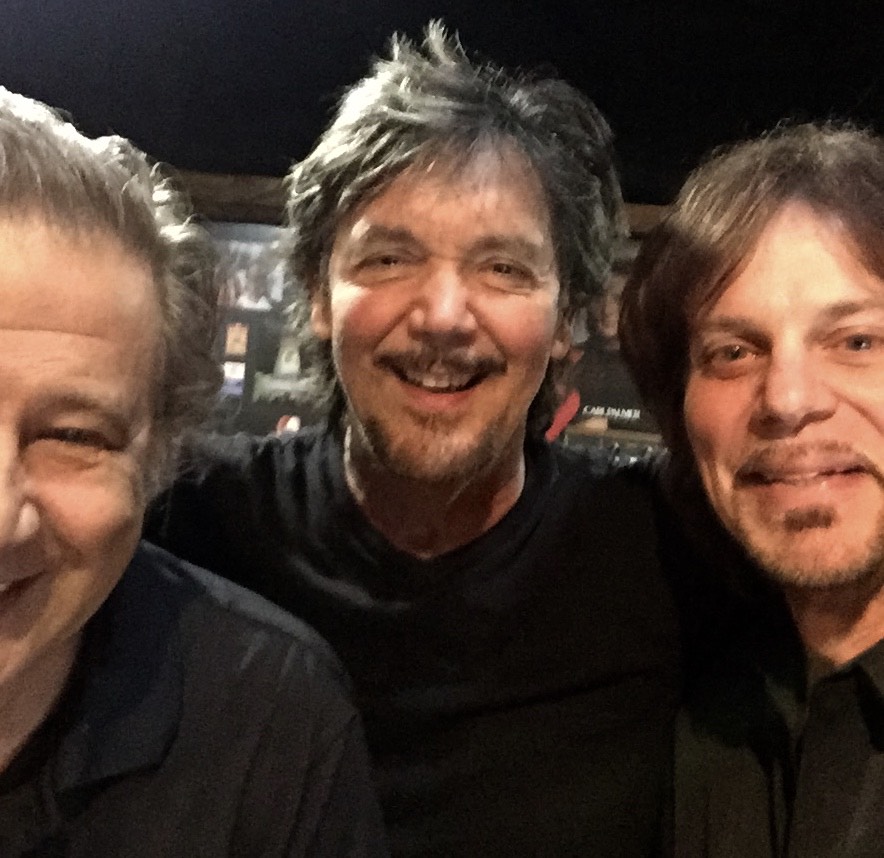
How much effort went into creating the 2022 album and are you working on something new?
Ian sent me guitar riffs and some cool chord structures. Like with Steve Howe they needed to become a song. That journey for me is exactly what I like to do. You give me an idea, I make it into a song. Sounds easy right! The first album was really fun and seemed to just flow out of me. When we got together to rehearse and record it we knew we had something special. This new album, Beyond Shadowland has been a little harder. With the success of album #1 Ian and I found a little more pressure in the fact that the follow up had to be at least as creative, still in our style, but not a rehash of album #1. Those were parameters we didn’t have to consider with album #1. But now with our new found sound and style we needed to develop it to the next degree. I have to say Beyond Shadowland is heavier, more pounding rhythmically, and lyrically deeper. It took a year to complete it and the band and the record company are very pleased with the final product.
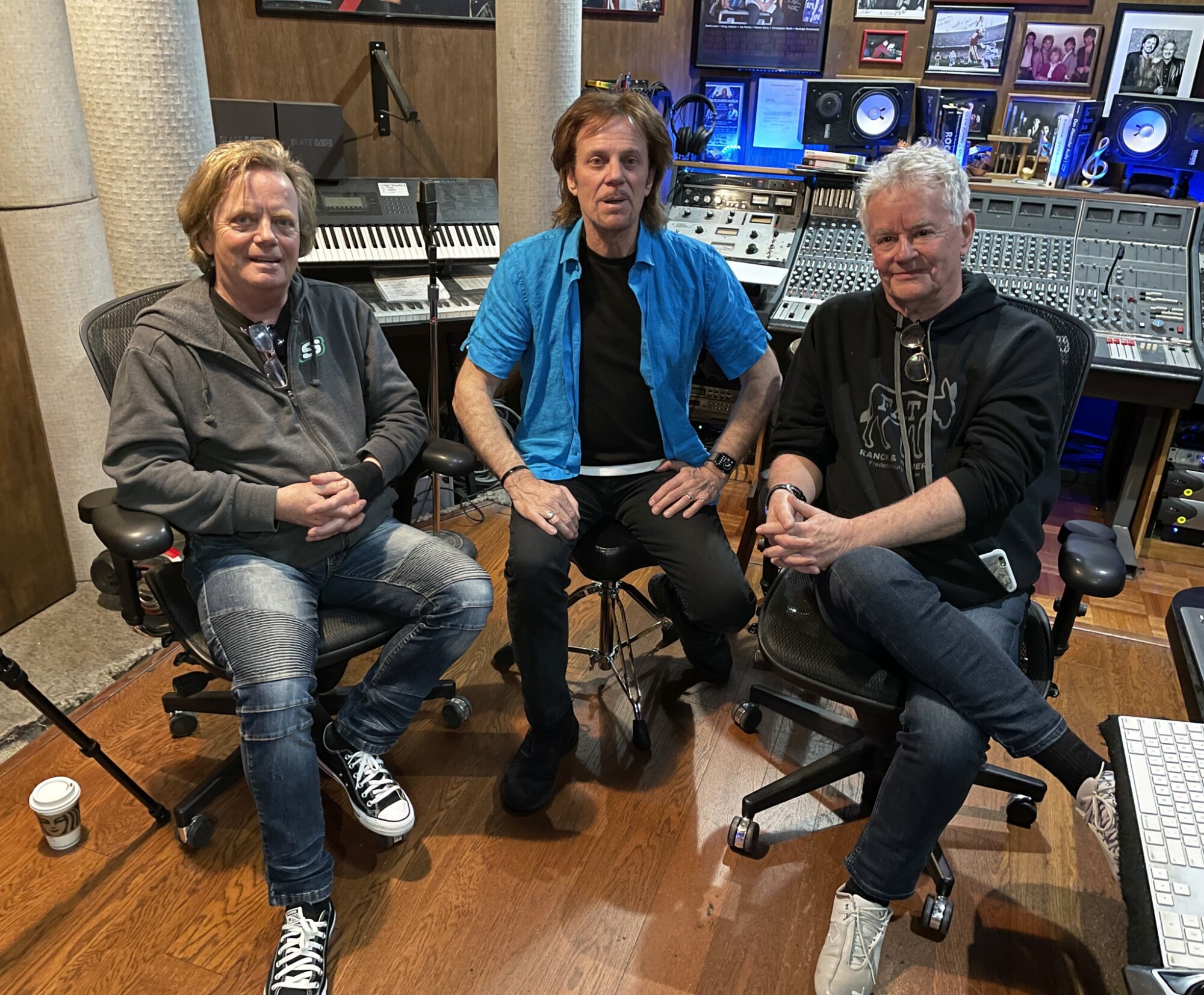
Thank you. Last word is yours.
I think the fans will love the new album. Ian is all over it with more of his unique style. Nigel has upped the game with some fantastic drumming and writing, and me, I think this is my best work. Six By Six is my dream band. The friendship, the musicianship, the goals are all lined up and heading in the right direction.
Klemen Breznikar
Headline photo: Blue Ash live in front of Vox Amps Guitars store in 1969
Robert Berry Official Website / Facebook / Twitter / YouTube

